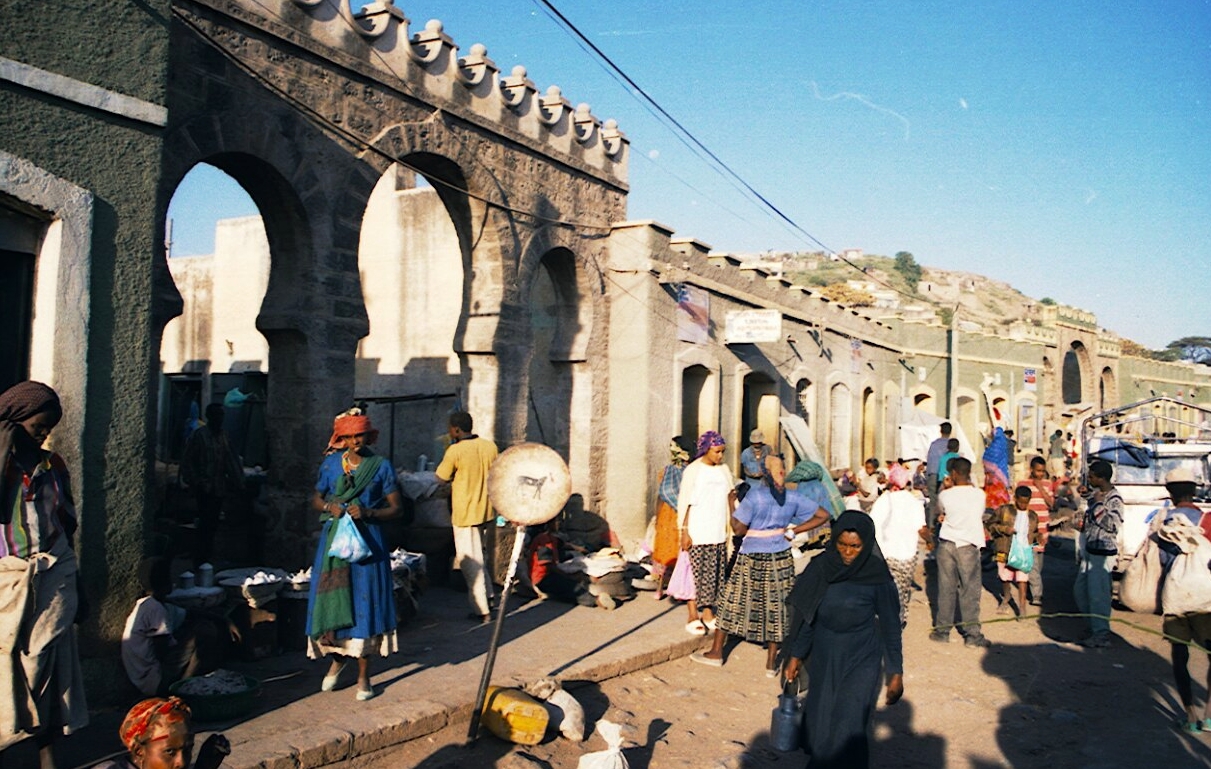Dire Dawa ድሬ ዳዋ
REGION:
Federal city
BEST TIMES TO VISIT:
All Year
WHY TRAVELLERS LOVE IT:
A hub of different nations, nationalities, and cultures
MAIN ATTRACTIONS:
- Historical monuments
- Entertainment activities
Caves
While Dire Dawa does not have the fascinating ancient history of its neighbor, Harar, what it does have is even older, and uniquely interesting: a series of caves considered to be close to 5000 years old. The caves contain paintings of white, black and red figures, signifying early humans and animals. Though visitors may not find these artworks as exciting as historical invasions and cultural artifacts, they are important landmarks of early human history.
As such, the caves are carefully managed by the Cultural and Tourism Bureau in Dire Dawa. Travellers who wish to see the caves need to apply for permission and must be accompanied by a local with a key. Only three caves are open to visitors: Goda-Ajawa, Lega-Oda, and Porc-Epic.
Goda-Ajawa is about a one hour drive and an uphill hike away from Dire Dawa. The natural beauty of this site is arguably more striking than some of the palm prints and smaller paintings found here. The trip is worth it though, for a few of the paintings are still in quite good condition and of good quality.
Lega-Oda is the best site for taking in the paintings. The figures painted here quite clearly depict various animals and humans, with other interesting notations. It is a one hour drive, and a 20-minute walk from Dire Dawa.
Porc-Epic is the most well-known cave, and the easiest to reach. It has some interesting geological formations, but many of the paintings at this site have been concealed by the ages. It is only a few kilometers out of the city, with a short walk.
Dire Dawa is the fourth most populous city in Ethiopia and is often overlooked in favour of its more famous and historically significant neighbor, Harar. The melange of cultural influences on display in Dire Dawa are more varied than Harar, however. This colorful city is a great place to take a seat in a laid-back cafe and sip espresso while you take in the day, before heading to some of the loud, bustling markets that go long into the evening.
The biggest of the markets, Kafira Market, is also the busiest. You will hear Oromo, Somali, Arabic, and other languages haggling over all manner of vegetable and animal products. The richness, variety, novelty, and opportunity can be overwhelming to take in all at once.
A regionally produced stimulant known as Khat is also very popular in Dire Dawa. It is produced in large quantities from a tree native to the locale. Locals are known to indulge in khat, several cups of hot coffee, and heated conversation. Khat is illegal in most Western countries, however, so a note of caution should be observed.
History of Dire Dawa
When the Addis Ababa-Djibouti railroad was being constructed, the initial intention was to connect it to Harar. The terrain, however, was too elevated, making it too difficult and costly to build.
In 1902, a detour was created through the lower regions, bypassing the mountainous terrain. Dire Dawa was built along this bypass to act as a hub and service depot. Since its construction, Dire Dawa has outgrown its original construction purpose and has expanded rapidly. It now acts as a hub for many regional Ethiopian citizens, including the Afar, the Oromo, and Somalis.


